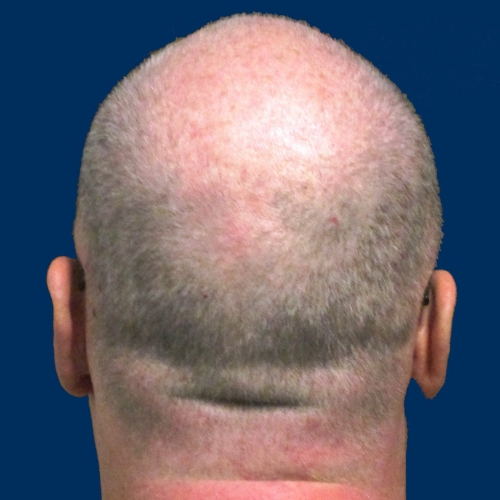Key points from article :
Stem cells reside in “stem cell compartments” in various tissues, they contribute to tissue regeneration.
Stem cell exhaustion is one of the hallmarks of aging.
Researchers have achieved stem cell activity using noninvasive imaging techniques based on lasers.
By anesthetizing the animals and putting them inside the imaging device.
They observed and recorded the process of stem cells escaping the bulge.
This escape happens during the prolonged telogen phase.
Rogue stem cells escape to the dermis, by a thin layer of cells called the basement membrane.
Epithelial cells should also be held together by cellular adhesion and the integrity of the extracellular matrix (ECM).
They looked for proteins that experienced stem cell escape them: transcription factors FOXC1 and NFATC1.
Genetically modified mice with both FOXC1 and NFATC1 found more pronounced symptoms.
This can potentially help to understand fundamental mechanisms of aging.
Research by Feinberg School of Medicine, led by Rui Yi, published in Nature Aging.







